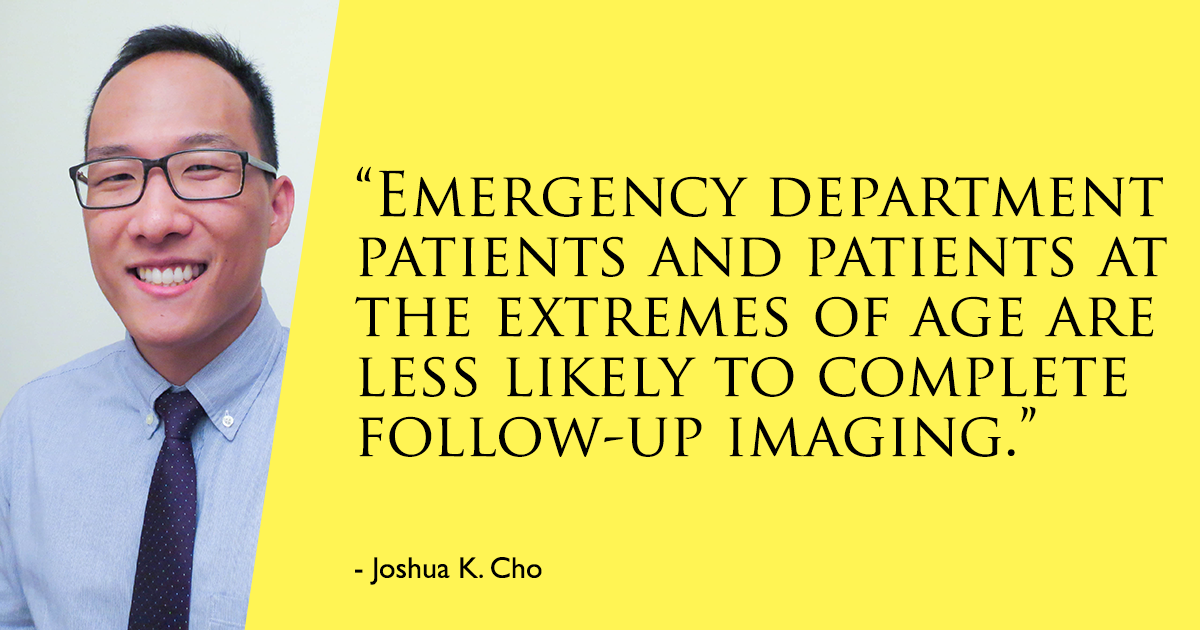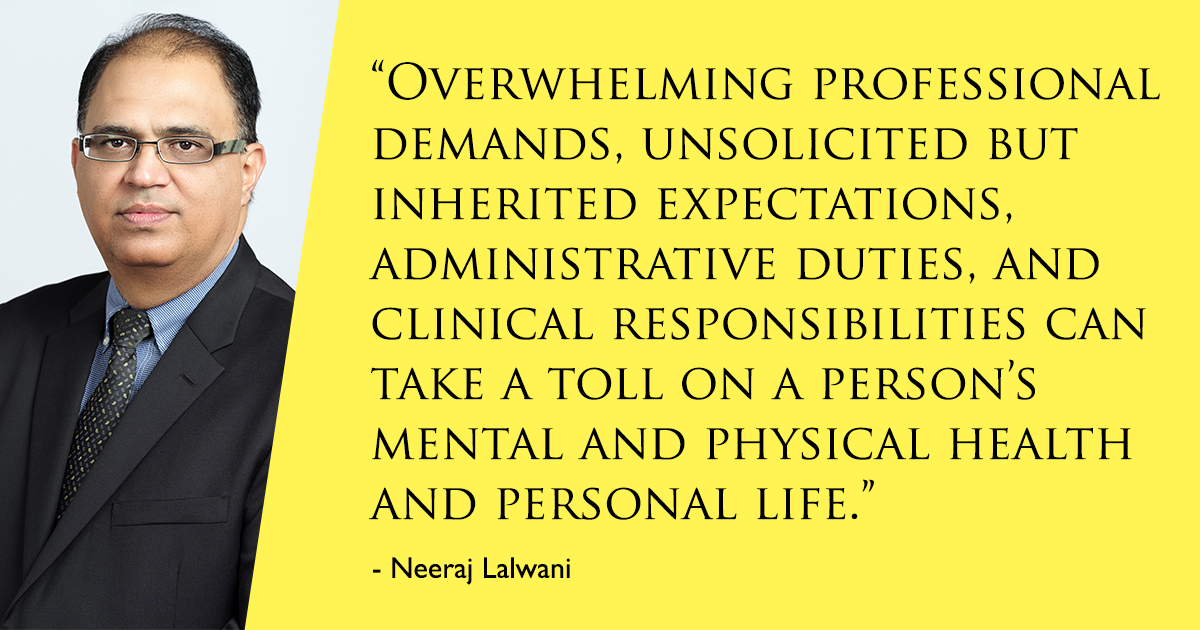AJR InBrief March 2019
The effect of demographics and societal determinants on imaging follow-up rates is not clear. In a study from the March edition of AJR, authors compared characteristics of patients with imaging findings representing possible cancer who underwent follow-up imaging versus those who did not, to better understand factors that contribute to follow-up completion.
Patient characteristics, including distance between patients’ homes and the flagship hospital of the health system, were compared between groups who did and did not undergo follow-up imaging. Subgroup analyses based on the location of the index examination were also performed.
The data suggests that patient age and initial imaging setting correlate with rates of follow-up adherence. Within these categories, it was found that emergency department patients and patients at the extremes of age are less likely to complete follow-up imaging. Insurance status and race and ethnicity may also affect follow-up completion. The relation between distance to hospital and follow-up completion was not robust and likely requires further investigation.

Beginning a new job after radiology training can be exciting but nerve-racking. The key challenge is in making the strange seem familiar and assimilating with the new practice as quickly as possible. This process is complicated and may require learning new policies, getting to know new colleagues, adapting to new surroundings, and learning new skills.
Overwhelming professional demands, unsolicited but inherited expectations, administrative duties, and clinical responsibilities can take a toll on a person’s mental and physical health and personal life. One may feel a sense of loneliness and lack of collegial acceptance that are tied to solo status at a new place.
Learning about a new workplace can be stressful, but finding the right mentor, collaborating with others, and asking for help can simplify the initial navigation. Workplace politics are ubiquitous, and different skill sets are needed to deal with different types of coworkers. Learning to cope with such conflicting demands is typically perplexing and may take time to master through trial and error. Knowing such challenges and developing new strategies can smooth the transition. An article in March’s AJR provides strategies to navigate and adapt to the challenges of a new professional environment.

AJR InBrief ARCHIVE